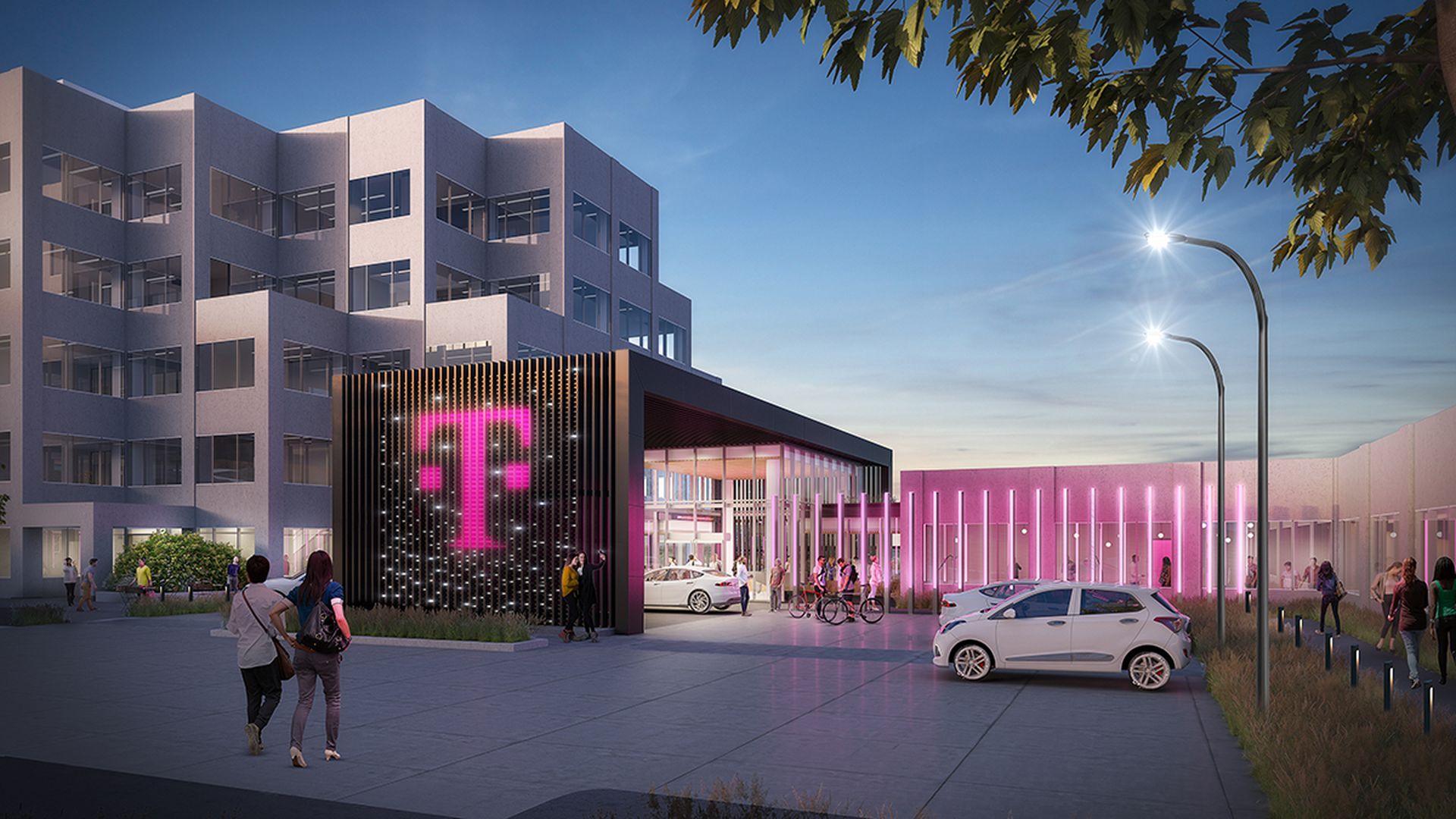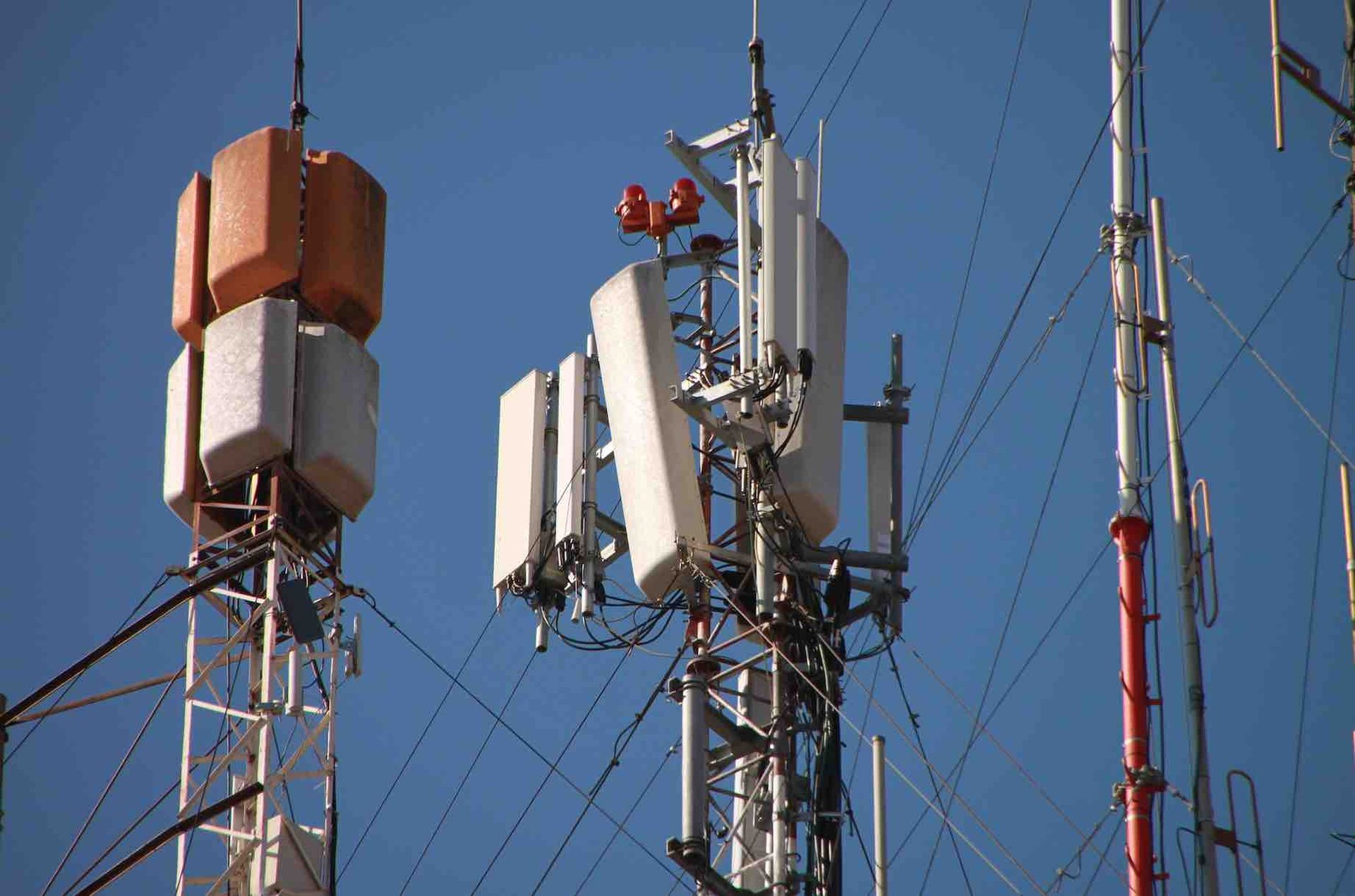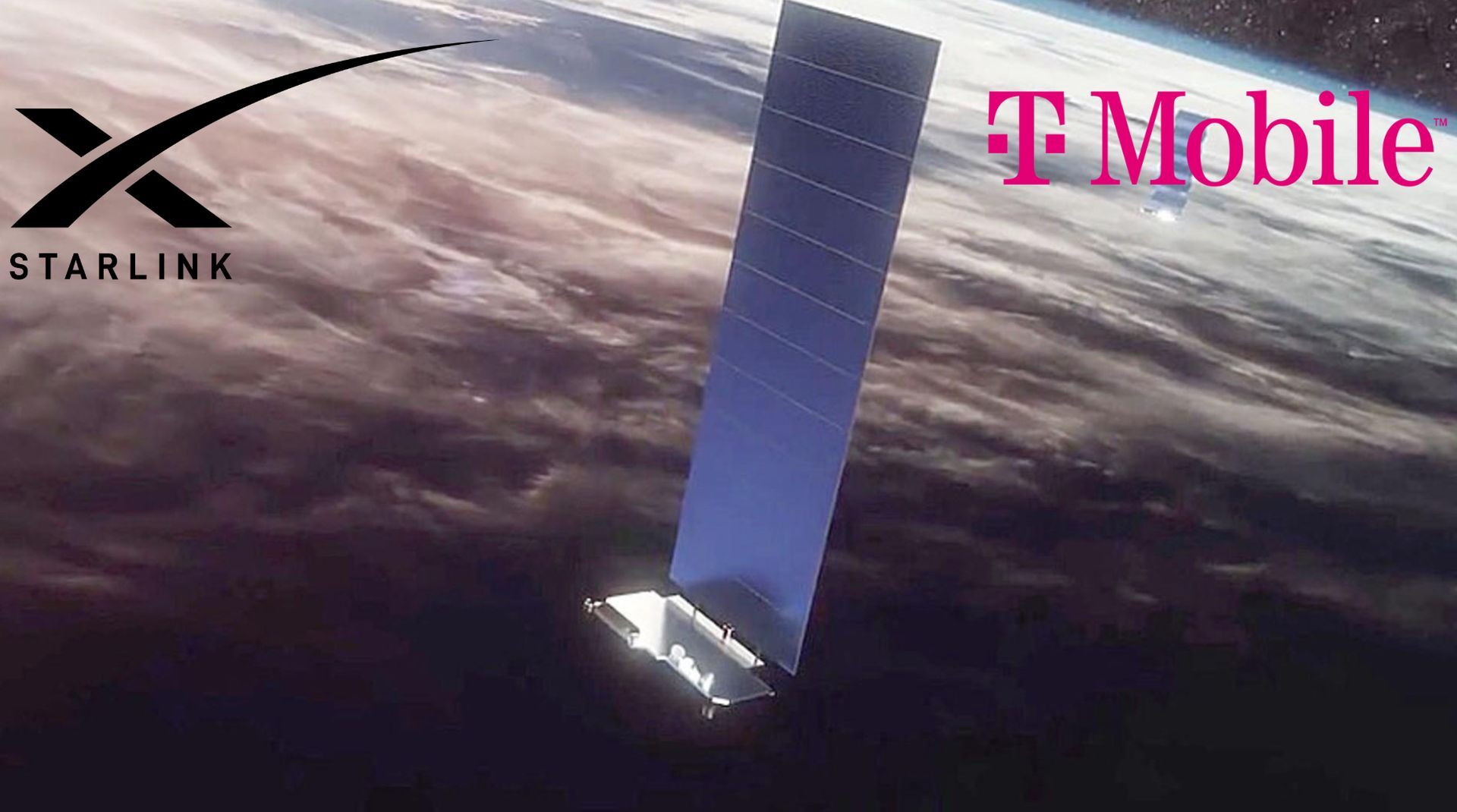On Thursday night, SpaceX and T-Mobile unveiled a bold plan to offer cell phone users everywhere connectivity from space.
The project would combine T-Mobile US’s massive customer base, mobile network, and mid-band spectrum with Starlink satellite technology from SpaceX, the second-largest wireless carrier in the United States.
SpaceX must complete the creation of its second generation of Starlink satellites if it hopes to provide mobile devices with internet access from orbit. Compared to the current ones, which weigh roughly 295 kg, they will be substantially bigger. Elon Musk, the founder and chief engineer of SpaceX, predicted that “beta service” might begin before the end of 2023.
Musk and Mike Sievert made an appearance together at a live event at SpaceX’s Starbase facility in South Texas, where the company is constructing and testing its newest Starship rocket. With a smoke machine, fireworks, and lots of people socializing around the stage wearing black t-shirts, the event had a certain rocket concert vibe. Three Starship prototypes were visible in the background, and only these shirts included magenta T-Mobile and white SpaceX emblems.
The companies want to provide no dead zones, a feature that has been desired since since the invention of mobile phones.
“Our vision is, if you have a clear view of the sky you’re connected,” Sievert stated.
How Starlink will operate with T-Mobile?
A dish-shaped terminal that can download broadband internet from one of the 2,800 Starlink satellites in low-Earth orbit is currently required for Starlink service users. The signal strength from the current satellites simply isn’t strong enough to connect to much smaller mobile phones.
The second generation, or V2, of the Starlink satellites will use a significantly more powerful phased array antenna as a fix for this issue. The body of these satellites, according to Musk, will be around 7 meters long, and the antenna will fold out to be “about 25 square meters,” or about 5 meters on each side. This antenna will transmit and receive data along a focussed beam that travels across the surface of the earth when the satellite passes overhead.

The service would not offer broadband internet service at first, at least. However, a standard cell of service should deliver up to 2 to 4 megabits of data, which is sufficient for tens of thousands of voice calls or millions of text messages. This would enable connectivity in remote locations or in times of disaster, like when a hurricane cuts off power to a neighborhood.
A user’s cell phone would initially check for service from a cell phone tower, but if it did not find any, it would search the sky rather than giving the user no bars of service. Once connected, it would use the closest satellite that was readily available, with software on the satellite corresponding with the mobile phone as if it were a fictitious cell tower on the ground.
According to Sievert, T-Mobile intends to give this service to consumers on the majority of its current plans for no additional cost, initially covering most of the oceans in the globe as well as the United States, including Alaska and Hawaii. He extended an invitation to international mobile network providers to collaborate with T-Mobile and SpaceX and provide global reciprocal roaming.
The obstacles
Beyond legal and regulatory obstacles, SpaceX must overcome a number of significant difficulties. The main one of them is creating the sizable satellites that can communicate with mobile phones.
“These are the most advanced antennas in the world, we think. They have to pick up a very quiet signal from your cell phone. Just imagine, that signal has to travel 500 miles, and then be caught by a satellite that’s traveling at 17,000 mph. The satellite’s got to compensate for the Doppler effect of moving so fast,” Musk said.
The satellites must then be sent into orbit. The 5 meter-wide payload fairing of the company’s Falcon 9 rocket cannot accommodate the V2 satellites due to their size. Therefore, the full-size Starlink V2 satellites must wait until the launch of the considerably bigger Starship rocket. At the Starbase facility in South Texas, SpaceX is working to achieve just that, although commercial launches are probably at least a year away.

To that end, Musk said SpaceX may create a “V2 mini” Starlink satellite that could fit within the payload fairing of the Falcon 9 rocket if Starship development does not proceed as quickly as anticipated. However, it is evident that a fully functional Starship launch mechanism will be necessary to bring about the kind of global connectedness Musk and Sievert discussed.
In his comments on Thursday night, Musk acknowledged that the company has a lot of technical work to do, but he said the SpaceX teams have made great progress.
“So it’s really quite a difficult technical challenge. But we have it working in the lab and we’re confident this will work in the field. So it’s actually quite a lot of extra hardware on the satellites and it’s also a lot of software. It’s a hard problem,” he stated.
The rivalry
In addition to launching the “BlueWalker 3” demonstration satellite for AST Space Mobile later this year, SpaceX has previously flown satellites for one rival in this field, Lynk. These businesses are both making an effort to offer direct-to-cellphone service.
According to Lynk, it has previously proven that regular mobile phones can successfully connect to satellite Internet services. The company now has one working satellite in orbit, but it plans to launch additional ones to offer coverage over a larger area.
“Elon said it’s hard, and it’s only been done in the lab, but Lynk has done it in space already. We’re the only company in the world that has done that,” Miller said in an interview.
According to Miller, Lynk has 14 business agreements with mobile network operators that span 35 countries. Before the year is out, the company anticipates obtaining a license from the US Federal Communications Commission to start offering commercial service in those nations.

The entry of SpaceX and T-Mobile, two of the global giants in spaceflight and communication, has raised the level of competition even though Lynk has an advantage and AST Space Mobile has a satellite ready for demonstration testing. They could probably pull this off because SpaceX has a history of delivering on its new rockets and has already put in place the largest satellite constellation in the world.
On stage, Musk and Sievert appeared to be having fun while discussing potential future collaborations between their two businesses. For example, Starlink may offer “backhaul” capacity to far-flung cell towers on Earth. This implies that T-Mobile wouldn’t need to run wiring to those towers in order for the satellites to connect them to the internet.
And perhaps T-Mobile will offer the first cell service on Mars in the future. Musk said during the event, “We’d love to have T-Mobile on Mars.”
Speaking of the red planet did you know that NASA succeeded in extracting oxygen from the atmosphere of Mars?





